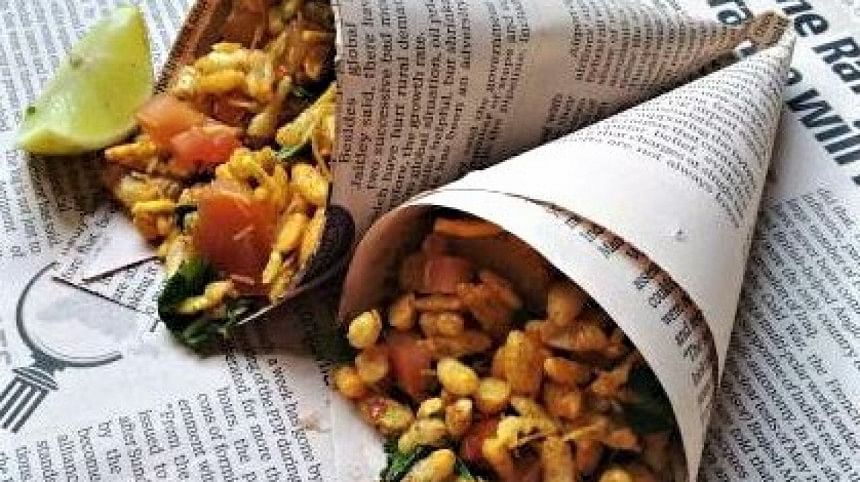Slow poisoning from food served in printed or used paper

From village to town, printed and used paper is widely used in Bangladesh to serve food, especially street food. But the real question is how safe it is for our health. The Bangladesh Food Safety Authority (BFSA) has also warned about using printed paper and polythene for serving oily and warm food, but the implementation of the decision is not properly regulated.
The Food Safety and Standards Authority of India (FSSAI) has banned printed paper for serving food. According to them, the food absorbs chemicals from paper and acts as a slow poison over time, causing serious health issues such as cancer.
While we all know that paper is made from plant or recycled pulp, the process involves 43 chemicals, including chlorine, dolomite, hypochlorous acid (calcium oxide), sodium sulphate salts, and sodium thiosulfate, and many other preservatives and chemicals, none of which are safe for health.
There are no safety rules for making paper intended for direct contact with food. Those are only for printing, and most of the paper is recycled.
The ink used to print the paper is not edible. Heavy metals and other hazardous chemicals may be present. Most paper printed with Soy ink contains chemical extraction and solvents such as di-isobutyl phthalate, ethanol, dimethyl sulfoxide or DMSO, di-n-butyl phthalate, and propanol, which are not safe to consume. A study found that all paper-based food packaging migrated heavy metals such as Pb, Cd, Cu, Zn, Cr, and Ni.
In most cases, printed paper sits on the shelf for years before being sold to the local market at a lower per-Kg price. It is unknown how it was stored and transported to the food market, and the possibility of dust contamination with pathogens like bacteria and viruses cannot be ruled out.
Why do restaurant owners serve their food on such used paper? The answer is its ease of use and low cost. So, a low-cost alternative serving paper is required. Using non-paper serving plates and an aluminium foil-wrapped hard-paper packet for the parcel would be safer. The food authorities should not ignored this issue. This toxic tradition's effects on human health may not be immediate, but they are devastating!
Tawhid Islam is a student at Department of Pharmacy, Bangabandhu Sheikh Mujibur Rahman Science and Technology University, Gopalganj. Email: [email protected]
Dr Muhammad Torequl Islam is an Assistant Professor at Department of Pharmacy at the same University.
E-mail: [email protected]

 For all latest news, follow The Daily Star's Google News channel.
For all latest news, follow The Daily Star's Google News channel. 








Comments